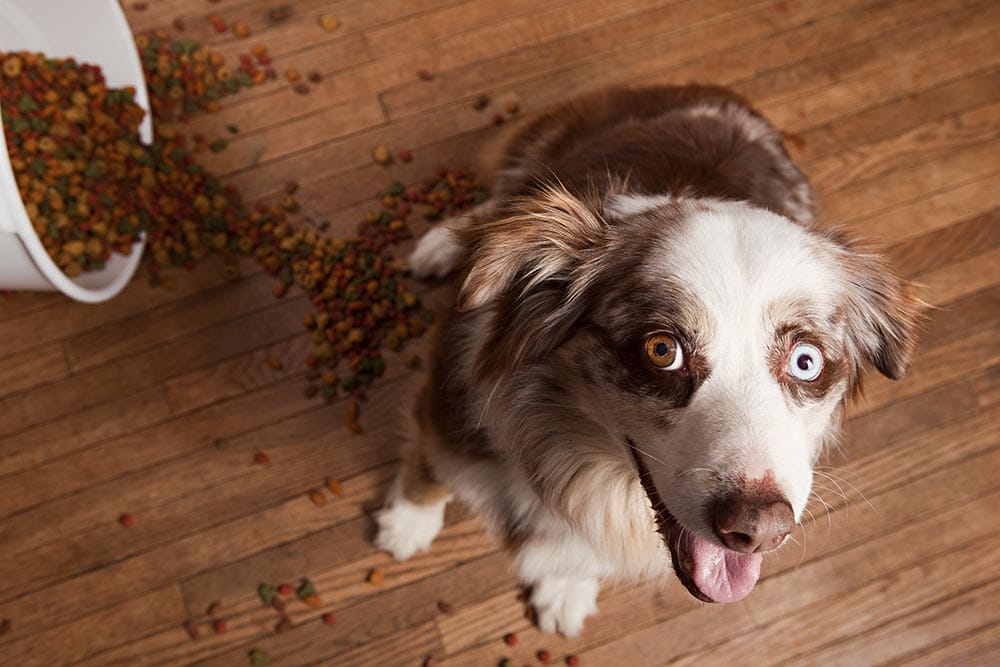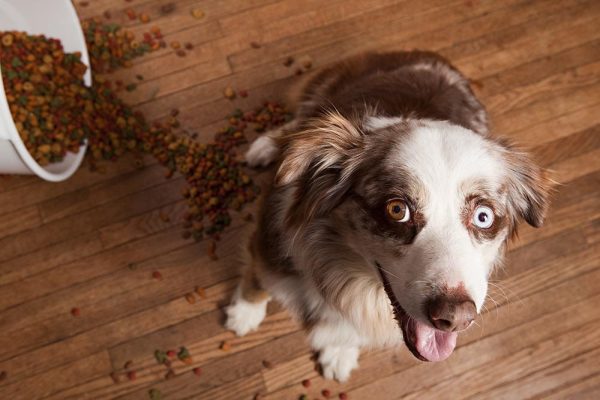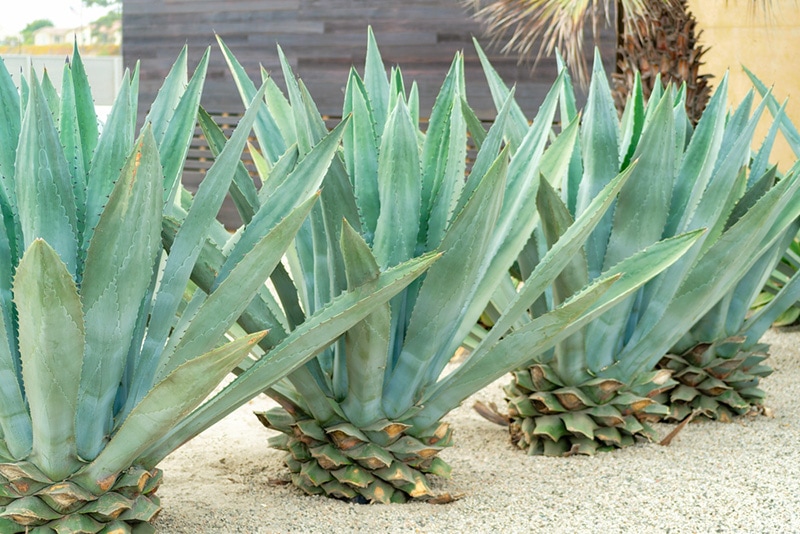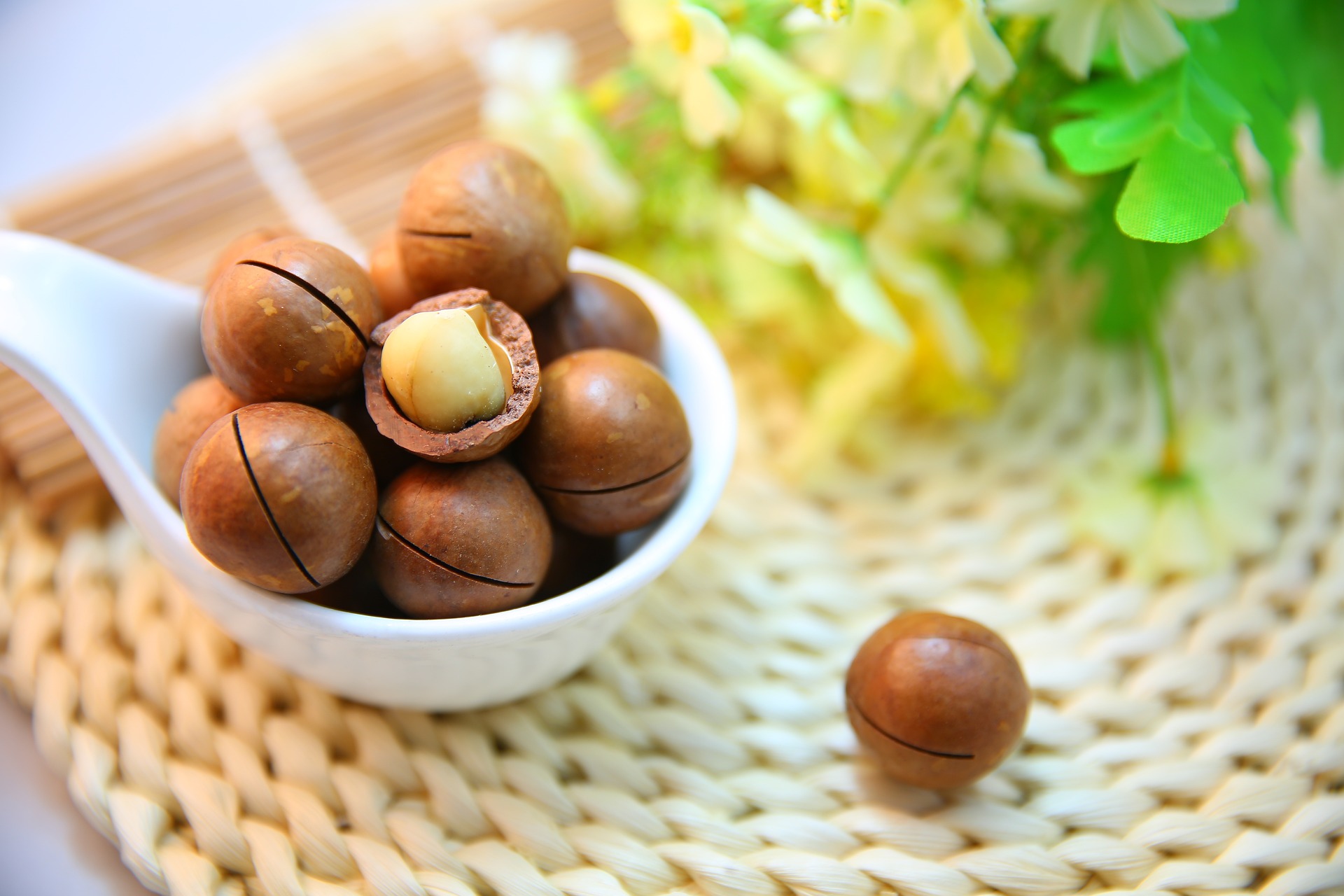Finding more kibble littered around your house than in your dog’s bowl (or their belly) can leave many dog parents wondering why their dog prefers to toss, chase, and bat their food around rather than eat it. Playtime is a normal part of every dog’s daily routine—they need it to stave off boredom and release pent-up energy—but sometimes the line between playtime and dinnertime gets blurred.
In this post, we’ll explore six possible reasons why dogs play with their food to help you get to the root of the matter.

The 6 Reasons Why Your Dog Plays With Their Food
1. Boredom
Boredom is one of the most common causes for dogs playing with their food. If your dog feels neglected or has no other way to expend their energy (toys, walks, exercise, etc.), it’s not unusual for them to find novel ways to entertain themselves. Playing with their food is also a way of attracting your attention.
The best way to solve this issue is to schedule playtime throughout the day and keep up with your dog’s daily walking routine. Also, exercise them prior to feeding because, in nature, dogs work before they eat.
This will allow them to release all that pent-up energy and learn to differentiate between playtime and meal times. It can help to keep the eating area separate from play areas and to only feed in these specific areas too.
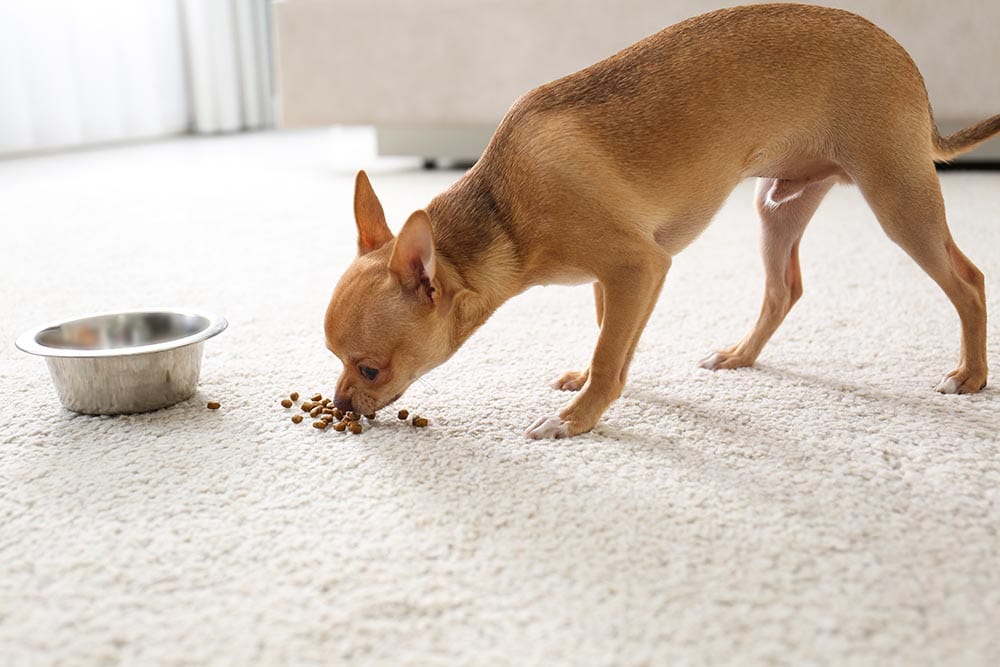
2. Food Boredom
Another reason for unusual behavior around food is simply that your dog is bored with the menu that’s on offer. If your dog eats the same thing on a daily basis, they may be craving a bit more variety in their diet. A great way to combat this is to mix things up with different food flavors and offer a combination of wet and dry food to change up the textures (unless your vet has advised otherwise).
3. Anxiety
Like a bored dog, an anxious dog may act out and find ways to soothe their anxiety. Anxiety manifests differently in individual dogs and has a range of signs, two of these being destructive behavior and restless or compulsive behavior. If your dog is showing signs of anxiety, it’s best to speak to your vet to find out how to manage and/or treat it.

4. Natural Instincts
Dogs are curious by nature and revel in inspecting pretty much everything. While humans interact with the world around them more by sight, dogs use their sense of smell. If you’ve recently changed foods, for example, it wouldn’t be unusual to find your dog “sizing up” what’s on offer by sniffing at and pushing the food around rather than eating it.
This is especially true if you have puppies. Puppies are experiencing the world and many things for the first time, so it’s normal for them to want to play with something new and interesting.
5. Overfeeding
If your dog is leaving a lot of food in their bowl and you’ve noticed them playing with the remnants, this could be a sign that you’re feeding them a little too much. It’s normal to want to make sure your dog doesn’t go hungry, but it’s a good idea to refer to a feeding guide to find out how much they should be eating for their age and size.
Make sure you’re feeding your dog the right amount, check out our dog food calculator here:
The exact amount of calories an individual animal needs to maintain a healthy weight is variable and influenced by many factors including genetics, age, breed, and activity level. This tool is meant to be used only as a guideline for healthy individuals and does not substitute veterinary advice
6. Mixing Play and Food
Offering a lot of food treats can end up in your dog not understanding the difference between treat time and meal time. Treats that they can chew on for a long period of time (rawhide chews, etc.) could be switched out for chew toys that aren’t made from a food source.
Conclusion
If your dog is getting a little too excited at meal times, there could be a variety of causes. Observe for signs of anxiety and take into account when and how much your dog is exercising. It could be a simple case of them needing to be exercised more, provided with toys to keep them busy when you don’t have time to play, and being fed only after exercise.
See also:
Featured Image Credit: Michelle D. Milliman, Shutterstock

